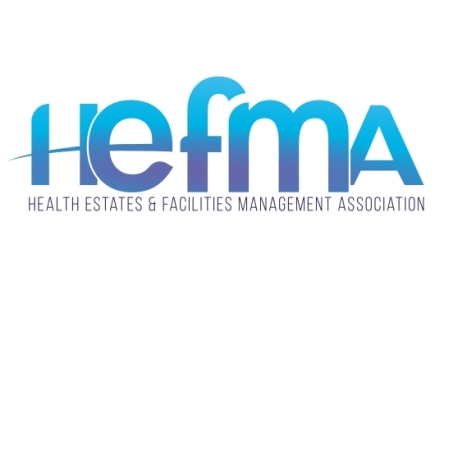According to global data insights from HappyOrNot, which specialises in customer and employee satisfaction reporting, the UK is ranked number 10 for patient satisfaction.
The data insight comprised over six million patient feedbacks in healthcare across 25 countries. The global average patient satisfaction level benchmark during March was 88.02%. The top 10 countries rated:
1. Sweden – 92.37%
2. Finland – 91.92%
3. Norway – 90.75%
4. USA – 89.33%
5. Denmark – 89.29%
6. Italy – 87.85%
7. Ireland – 85.84%
8. New Zealand – 85.77%
9. Netherlands – 83.48%
10. UK – 81.60%
Every day, healthcare providers using HappyOrNot gain valuable patient feedback across many areas of their operations, which collectively provide an overview of their service performance and quality of care.
Typical questions such as: “Were your concerns heard and addressed today” (practitioner professionalism), “Please rate your patient experience today” (overall visit satisfaction), “How Happy are you with the length of time you waited today” (operational performance: appointments) or “Please rate the care and service you received in the Emergency Department today” (departmental specific) help to gauge the performance levels and understand when and where improvements are needed, enabling immediate corrective actions and continuous follow up.
For many healthcare facilities, the performance level of their patient experience of care is linked to financial incentives associated with operational improvement strategies. Patient satisfaction is becoming an imperative measurement in identifying and optimising the health system performance.
UK healthcare providers made it to the top 10 list, not falling too far behind the global benchmark.
The HappyOrNot data also shows that the best days of the week to visit a healthcare provider, ranked according to the highest patient satisfaction levels during those days, to be Tuesdays and Saturdays. Thursday visits rank at the bottom of the week for overall patient satisfaction.
The importance of improving patient satisfaction by gathering feedback is a rising theme in the UK, as demonstrated by NHS England’s initiatives to improving patient experience, one programme of which is the Friends and Family Test to implement feedback tools to support collecting, measuring, and monitoring patient experience.
In a recent press release issued by rdash.nhs.uk, Rotherham Doncaster and South Humber NHS Foundation Trust was shortlisted for an award in the Friends and Family Test programme for its implementation of HappyOrNot to measure patient satisfaction in support of their Friends and Family Test.
RDaSH Learning Disability Services Business Development Manager Iona Scott says: “We introduced ‘Happy or Not’ patient experience stations, which allow service users and carers to rate the service they have received by pressing one of four ‘smiley face’ pictorial buttons, reducing the barriers for people with reading difficulties.
“The results speak for themselves – within the first two months of installing the devices they collected 731 pieces of patient feedback in our Doncaster Community Services alone, representing a 2258% increase on the number of traditional forms received in the same period.”
RDaSH Complaints Manager Laura Powell says: “This kind of feedback is vital in transforming NHS services and supporting patient choice.
“It supports the fundamental principle that everyone – regardless of their age or disability – who uses NHS services should have the opportunity to provide feedback on their experience.”
Understanding and managing quality of care and patient satisfaction is a continuous process to which all healthcare providers must commit. The advantage of those who actively track their performance from the perspective of their patients on a daily basis lies in gaining insight into knowing when and where to make improvements in their quality of care.
It’s not easy to collect feedback in the healthcare environment, yet it’s vital in order to make changes and justify improvement initiatives. Pinpointing specific areas, hours, or days with lower satisfaction levels helps healthcare organisations to understand their performance and communicate externally that they strive to offer the best care possible. Not only can it pay off financially, but in the community as well by nurturing the confidence of the patients whom they serve.










